Energy Flow In Ecosystem
Energy enters the ecosystem in the form of heat and light from the sun. It flows through different trophic levels of an ecosystem. It radiates again back into outer space. It follow second Law of thermodynamics.
Energy moves from one level of the food chain, also known as a trophic level, to the next.
It moves in one direction through the food chain, that’s why it is a unidirectional process.
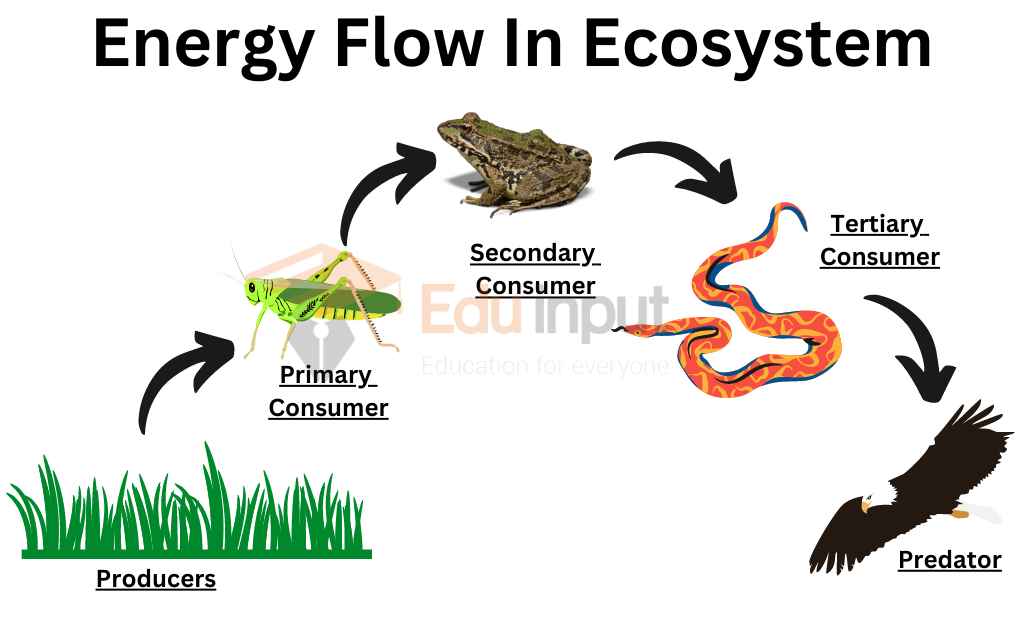
Key Points
| 1. Energy flows in one direction through the food chain, from the sun to producers, herbivores, predators, and decomposers. 2. The sun is the primary source of energy for almost all ecosystems on Earth, which is captured by plants through photosynthesis. 3. Energy is lost as heat due to metabolic processes at each trophic level, limiting the number of trophic levels in an ecosystem. 4. Gross primary production is the total amount of energy fixed by plants through photosynthesis, while net primary production is the amount of energy that remains after the plants have used up the energy they need for their metabolic processes. 5. The path of energy flow in an ecosystem is from the sun to producers, primary consumers, secondary consumers, tertiary consumers, and decomposers. 6. To calculate the percent of energy transferred from one trophic level to another, divide the energy from the first trophic level by the energy available to the second trophic level and multiply the result by 100. |
Energy Flow In Food Chain
A food chain is a sequence of organisms in an ecosystem where each organism is a source of food for the next organism in the chain, starting with a producer and ending with a top predator. It shows the flow of energy and nutrients in an ecosystem.
In a food chain, energy flows from one organism to another. This flow of energy can be represented in a simple linear fashion, with primary producers (such as plants) at the base of the food chain, and then followed by herbivores (animals that eat plants), then predators (animals that eat other animals), and so on.
The sun is the ultimate source of energy for almost all ecosystems on Earth. Plants use the energy from the sun to convert carbon dioxide and water into organic matter through photosynthesis. This organic matter is in the form of carbohydrates, proteins, and fats. It becomes the source of energy for all other organisms in the food chain.
When a herbivore eats a plant, it gains some of the energy that the plant had stored in its tissues. When a predator eats a herbivore,
Energy Flow In Ecosystem
An ecosystem is kind of like a machine where all of the different moving parts work together to create something incredible. For an ecosystem to function properly, it requires both biotic and abiotic components.
Biotic components are the living things in an ecosystem like plants, animals, and microorganisms. Abiotic components are the nonliving things in an ecosystem like water, sunlight, and minerals.
Energy flow in an ecosystem refers to the movement of energy through different trophic levels in a food chain or food web. It adapts following way:
- The sun is the primary source of energy for almost all ecosystems on Earth, which is captured by plants through photosynthesis.
- Herbivores consume plants and use the energy stored in organic compounds to fuel their metabolic processes.
- Predators consume herbivores and obtain energy from the organic compounds in their tissues.
- Energy is lost as heat due to metabolic processes at each trophic level, limiting the number of trophic levels in an ecosystem.
- Decomposers, such as bacteria and fungi, break down dead organic matter and release nutrients back into the soil, which can be taken up by plants to continue the cycle of energy flow.
How to measure the amount of energy in an ecosystem?
The following terms are used to measure the amount of energy in an ecosystem:
Gross primary production
The total amount of energy fixed by plants is called gross primary production. It refers to the total amount of energy that is produced by plants through the process of photosynthesis.
This energy is fixed by the plants and is used for various metabolic processes. It is the amount of energy that is available to the herbivores or the primary consumers that consume the plants.
Net primary production
Net primary production refers to the amount of energy that remains after the plants have used up the energy they need for their own metabolic processes, such as respiration. This remaining energy is used to build plant biomass, which is the organic material that makes up the plant’s body.
This biomass can then be consumed by herbivores or decomposed by microorganisms. The net primary production is an important measure of the energy available to support the growth and reproduction of the organisms in an ecosystem.
It represents the energy that is available to the next trophic level in the food chain, after the plants have met their own energy needs.
Path Of Energy Flow
Path of energy flow explains the passage energy passes through. Energy flows from:
Sun to Producers -Primary consumers-Secondary consumers-Tertiary consumers- Decomposers
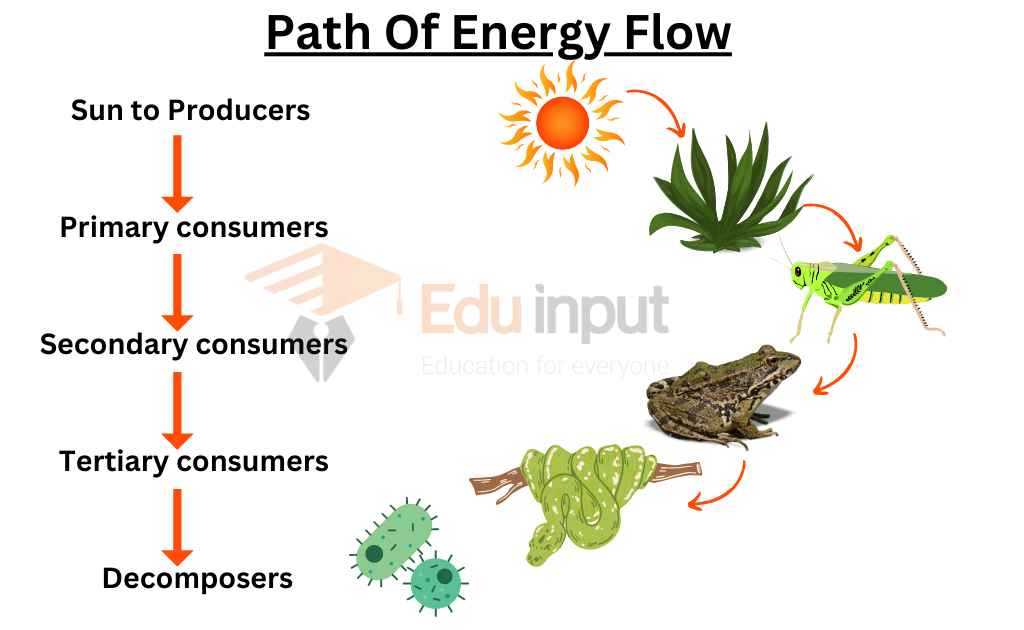
How to calculate trophic level energy?
To calculate the percent of energy transferred from the first trophic level to the second trophic level, you need to divide the energy from the first trophic level by the energy available to the second trophic level and then multiply the result by 100. This will give you the percentage of energy that is transferred.
For example, if the energy available at the first trophic level is 10,000 units and the energy available at the second trophic level is 1,000 units, the calculation would be:
(1,000 / 10,000) x 100 = 10%
This means that 10% of the energy from the first trophic level is transferred to the second trophic level. It’s important to add the percent sign to indicate that the result is a percentage.
Flow Of Energy Through Trophic Levels
Heat and light from the sun enter the ecosystem. These energy forms flow through different levels, or “trophic levels”, of the ecosystem. The energy radiates back out into space.
The energy passes through the following tropic levels:
Producers
In an ecosystem, energy flow starts with producers, such as plants and algae, which trap 1% of the total energy from the sun through photosynthesis. The remaining 99% is lost as heat or used for other purposes such as evaporating water and heating soil before being lost to outer space.
Consumers
80 to 90% of the energy is lost when energy is transferred from one trophic level to the next, from producer to primary consumer. This energy is lost in the form of heat as a byproduct of respiration. However, energy continuously enters from the sun. Thus it prevents the ecosystem from running down.
A pyramid of energy can be constructed. It shows energy transfer in a community of organisms. A short food chain consisting of two or three links (trophic level) supports a community more efficiently than a long chain of five links. Most of the energy from the producers never reaches those organisms at higher trophic levels.
Decomposer
At the end of the food chain, decomposers obtain energy by converting plant and animal tissues and waste into inorganic mineral ions. This energy can then be used by producers to start the energy cycle once again.
Latest Research About energy flow in ecosystem
- In a recent research, Scientists developed two models to simulate energy flows in a mangrove area. The first model used artificial neural networks and produced satisfactory predictions, while the second model requires further analysis. The study highlights the complexity of energy flows in ecosystems. [1]
- Scientists compared the structure of four marine food webs and found that environmental heterogeneity drives differences in modularity and functional traits predict module membership. The study highlights the importance of considering trophic structure in food webs for understanding ecosystem stability. [2]
FAQ’s
What is the definition of energy flow?
Energy flow is the movement of energy through an ecosystem, from one organism to another. It starts from the sun, which provides the energy source.
What is an example of energy flow?
An example of energy flow in an ecosystem would be a rabbit eating grass. The energy from the sun is captured by the grass through photosynthesis. The rabbit then consumes the grass, obtaining the energy stored in the grass. If a predator, such as a fox, then eats the rabbit, the predator obtains the energy stored in the rabbit’s tissues.
What are the methods of energy flow?
The methods of energy flow in an ecosystem include:
1. Photosynthesis
2. Consumption
3. Respiration
4. Decomposition
Why is the energy flow in ecosystem important?
The energy flow in an ecosystem is important because it describes the structure and function of an ecosystem. It also determines the number and distribution of organisms in the ecosystem.

 written by
written by 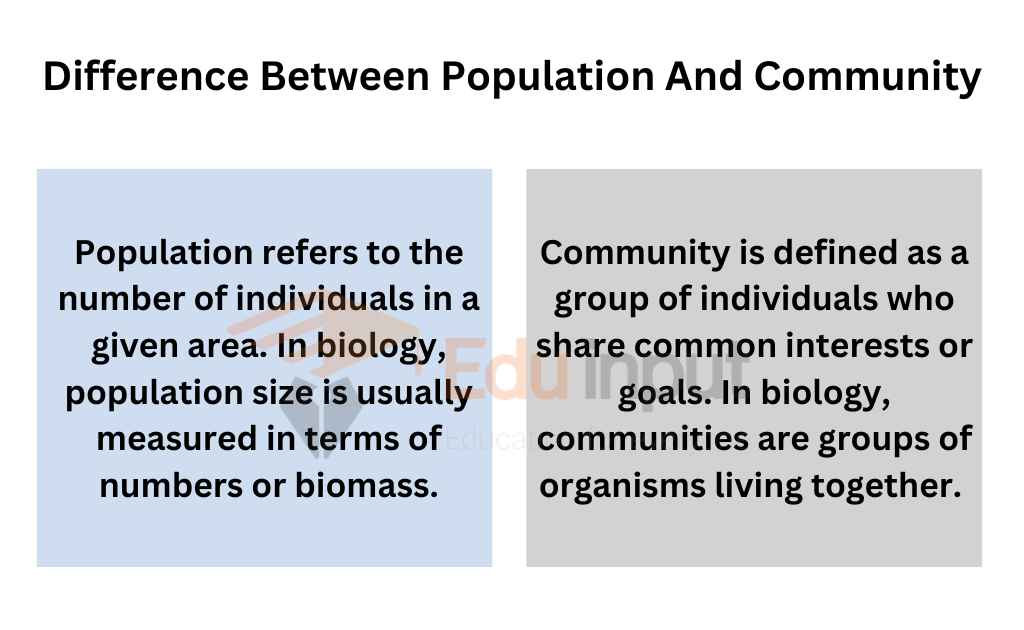
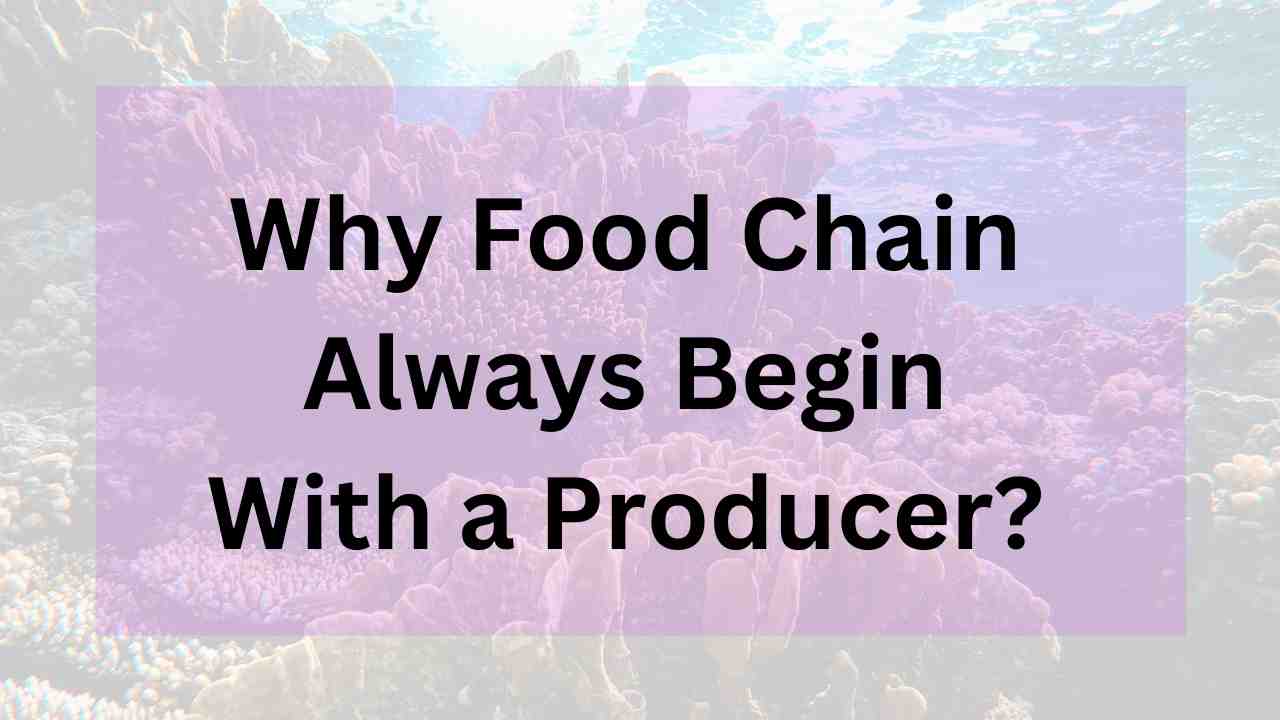
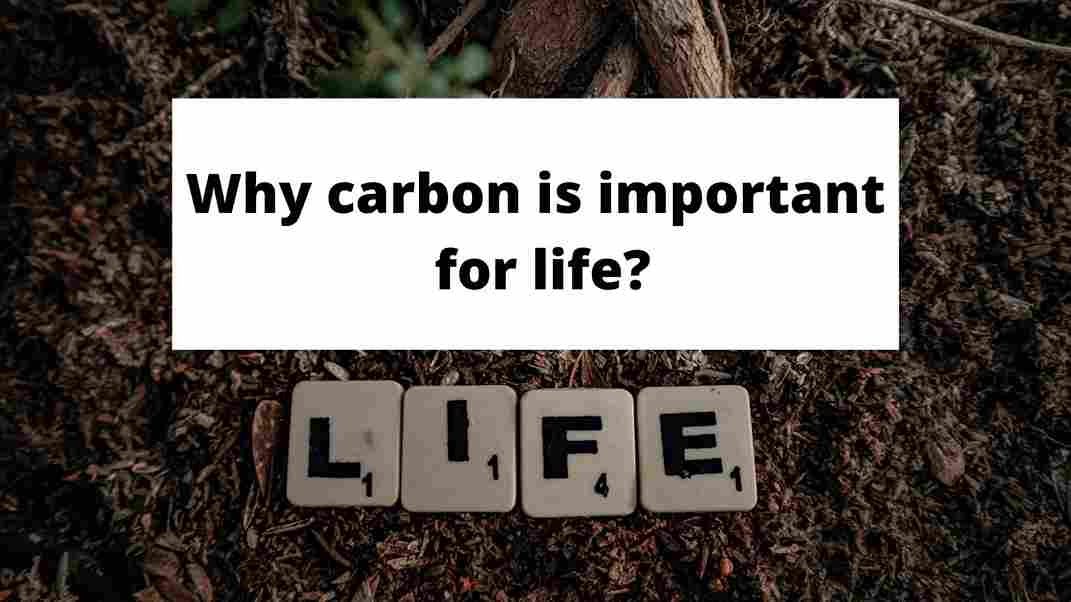
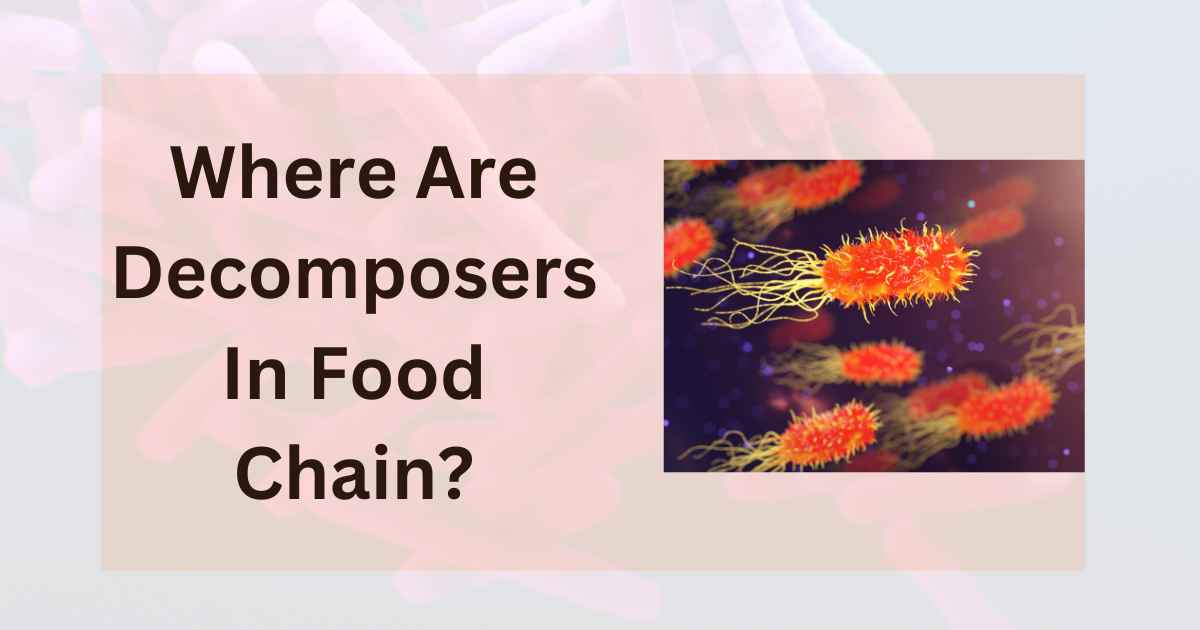


Leave a Reply